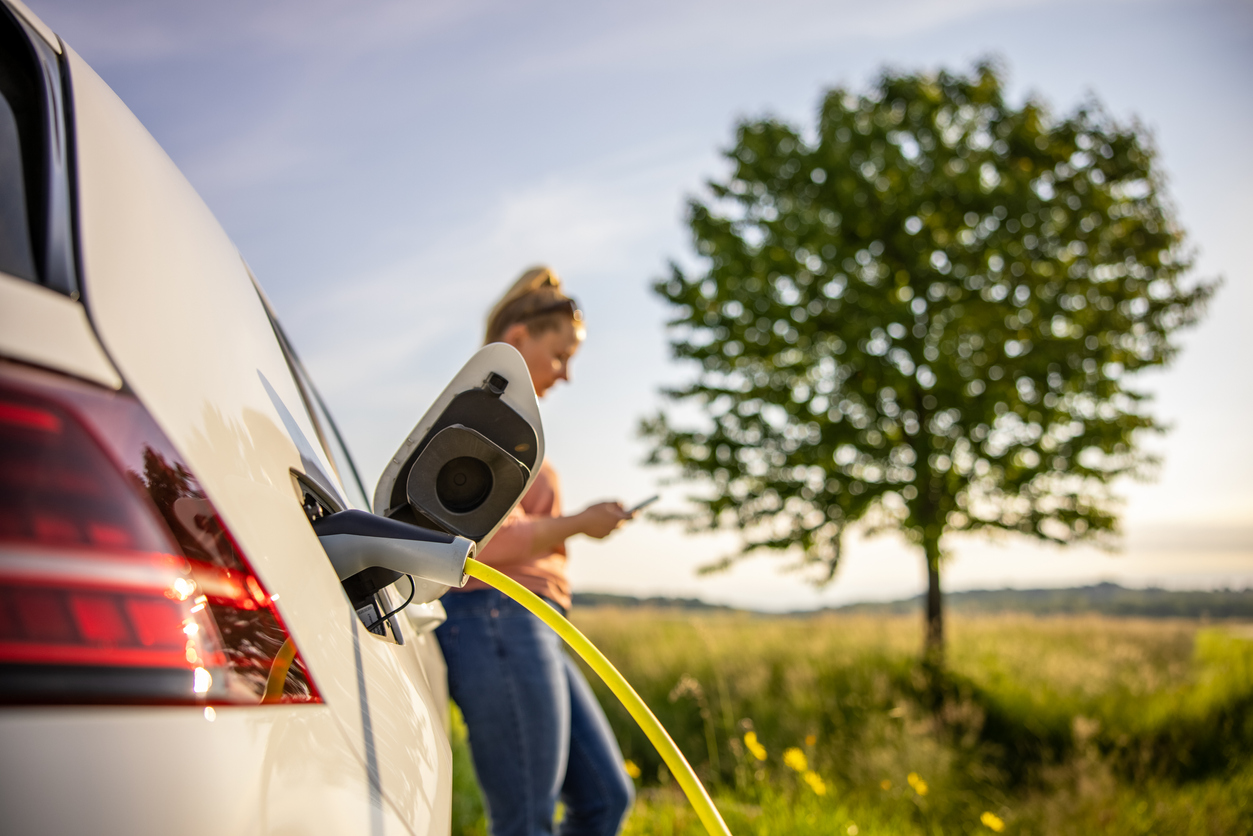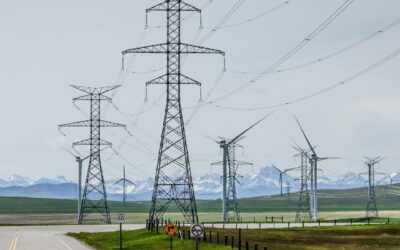Originally published in Maclean’s.
The first family on our street who bought an electric vehicle back in 2019 were rebels. Our neighbourhood is typical of east-end Toronto—full of small, semi-detached homes with no driveways—so charging was difficult. I discovered how they solved their problem one night while walking my dog, when I tripped over the extension cord they’d strung across the sidewalk under the cover of darkness.
Just three years later, a tidal wave of public charging stations are being installed across the country (a 39 per cent increase in 2021 alone), along with huge new investments in EV and battery manufacturing. This flurry of innovation will soon carry over to trucks, trains and—vehicles aside—heat pumps, induction stoves and industrial boilers. One of the best ways to fight climate change is to electrify almost everything, and to do it as quickly as possible.
The reason why this has to happen is clear: global greenhouse gas emissions must stop rising by 2025 to limit warming to 1.5 degrees Celsius, the point at which catastrophic problems start to occur. Last year, B.C. burned and flooded within a matter of months, and hundreds of Canadians died during a record-setting heat wave last June. A recent report by the United Nations Intergovernmental Panel on Climate Change points to rapid, widespread electrification as one key way to cut our fossil fuel consumption. As for how it happens: this isn’t a pie-in-the-sky plan. Canada already has a few home advantages, the most important being a relatively clean electricity system, with 80 per cent of our power generation coming from non-polluting sources (mostly hydro).
And yet electricity supplies less than a quarter of the typical Canadian household’s energy, enough to cover the gadgets and appliances we plug into the wall, but not the fuel in our cars, the natural gas in our stoves or the propane in our barbecues. We’ll need to swap our gas-guzzling cars for zippy electric models, like the Tesla that blew my kids’ minds during a recent test drive. School buses, delivery trucks and public transit are going green, too. Homes and businesses will forgo natural-gas furnaces in favour of highly efficient heat pumps, which are popping up on the sides of people’s houses. Not that long ago, it was unusual to see a glass-topped induction stove in a friend’s place; now they’re on HGTV and everybody wants one. Much of this will be run with the help of grid-responsive smart appliances and smartphone apps that program our dishwashers to turn on and our vehicles to charge when demand and costs are lowest.
To power all of this, electricity grids will have to produce as much as double what we generate today. We’ll have to replace coal and natural gas with non-polluting sources, like wind, solar and hydro. (By 2050, wind and solar are expected to account for as much as 75 per cent of the energy mix; right now, they sit at six.) We’ll also need thousands of new high-skilled workers to build the infrastructure. More cobalt, copper and nickel are going to be mined to build batteries—why not do it in Canada? There will be a boost in demand for energy auditors, who visit your house to measure your energy usage and advise you on how to reduce it. We just had a woman come to my badly insulated red-brick semi and stick a giant fan through the door to find all of our air leaks. Her work cut our energy consumption by 30 per cent. Not too shabby.
Skeptics need only look to Europe for successful examples of mass electrification. In Norway, nearly 85 per cent of all recent new car sales were electric. The market for heat pumps in Europe is expanding like crazy, with 1.8 million households purchasing them in 2020, a number that’s sure to go up as countries like Germany double down on green energy to wean themselves off Russian gas. Here at home, the federal government has released its own Emissions Reduction Plan, which stipulates that all light-duty vehicles sold in Canada need to be electric by 2035. They even threw in a $450-million top-up to the Canada Greener Homes initiative, which provides grants for home retrofits.
EVs and induction stoves will vastly improve our indoor and outdoor air quality. Electrification is also significantly cheaper: wind, solar and battery technology is getting less expensive with each passing year. Imagine how nice it will be not to have to time your car fill-ups to the unpredictable ups and downs of gas prices. That peace of mind even extends to noise levels: electric cars, motorcycles and even snowmobiles are surprisingly quiet. Environmental appeals used to revolve around sacrifice: “Consume less! Pay more! Be less comfortable!” This is not one of those appeals.
We’ve gone through these kinds of technological sea changes before, like when we jumped from flip phones to smartphones and from cable to streaming. Seeing just how fast electrification is happening has me feeling more optimistic than I have in a long time. When people learn I work on climate change for a living, the most common thing they ask is “Are we all screwed?” And the answer is no. We’re making a lot of progress, especially with electrification. We’ve just got to accelerate it.








